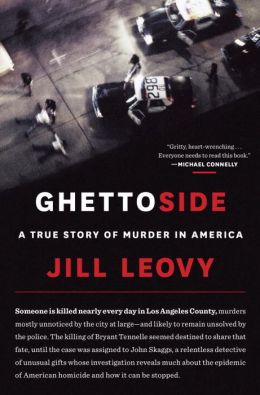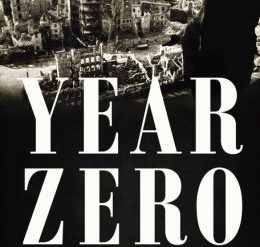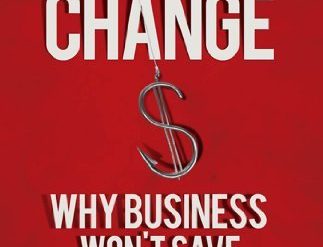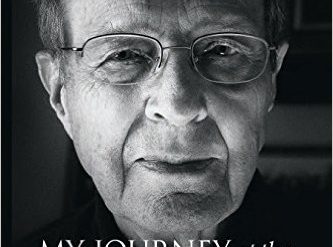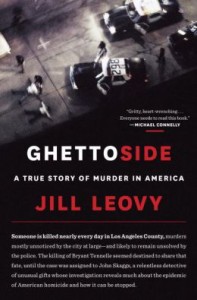
In this timely and important book, veteran Los Angeles Times homicide reporter Jill Leovy drills down to the political and cultural realities that explain what she calls “a plague of murders among black men . . . [who represent] just 6 percent of the country’s population but nearly 40 percent of those murdered.” With a focus on police-community relations, Leovy powerfully makes the case that black lives matter by examining the work of an extraordinarily dedicated and effective (white) Los Angeles police detective in solving the brutal murder of the teenage son of another accomplished L.A. cop (mixed-race but self-identified as black).
Estimated reading time: 5 minutes
Relating in great detail the circumstances leading up to one murder in 2007, and the steps taken by the detectives assigned to the case all the way through to its conclusion, Leovy manages to imbue Ghettoside with the tension and urgency of a thriller.
This book is certain to be controversial in criminal justice circles. Taking her cues from the brilliant homicide detectives she features in the book, Leovy denounces the “stop-and-frisk” tactics so favored by New York police and the proactive, “fix-broken-windows” brand of policing. She (and her subjects) insist that approach places the emphasis in law enforcement precisely where it shouldn’t be, intruding in the community without providing a meaningful benefit and slighting the intensive, time-consuming job of investigating — and closing — the most serious crimes. Ghettoside reveals numerous ways in which serious detective work is given lower priority, even scorned, by senior officers in the LAPD. It’s not a pretty picture.
Ghettoside: A True Story of Murder in America by Jill Leovy ★★★★★
To be clear, Leovy doesn’t advocate less active policing. On the contrary, she makes the point that “prevention” is ineffective and squanders scarce resources. What our inner cities need is more policing, not less — but policing focused on investigating serious crime and locking up the perpetrators. Only then can the police and politicians expect that members of the community will trust the system.
Why is black-on-black murder so prevalent? Leovy explains: “The smallest ghettoside spat seemed to escalate to violence, as if absent law, people were left with no other means of bringing the dispute to a close. Debts and competition over goods and women — especially women — drove many killings. But insults, snitching, drunken antics, and the classic — uninvited party guests — also were common homicide motives.”
The key phrase here is absent law. “Eighteenth-century rates [of homicide] among settlers on the wild edge of the American colonies were almost exactly those of South Central blacks in the twenty-first century.” But what about the common perception that gangs are at the root of crime in the ghetto? “Fundamentally,” Leovy contends, “gangs are a consequence of lawlessness, not a cause. . . Without law, people use violence collectively to settle scores and right wrongs, and commonly refer to violence as their own law. Wherever law is absent or underdeveloped — wherever it is shabby, ineffective, or disputed — some form of self-policing or communal justice usually emerges.”
Few killers caught in black-on-black homicides
Black-on-black murder isn’t just tens of times more prevalent than homicide among other ethnic groups — it’s also far less likely for the killers to be caught. Almost always, “everybody knows” is the lament in Watts and other heavily African-American ghettos in Southside L.A. and other cities. This phenomenon, the refusal of eyewitnesses to offer evidence, is the excuse typically used by police for failing to solve crime. As Leovy shows, however, a truly persistent detective can only be slowed down by the prohibition against snitching, not stopped. The best police detectives in Southside L.A. clear upwards of eighty percent of their cases, while the overall clearance average is on the order of forty percent.
The clear though unstated takeaway from Ghettoside is that lack of empathy on the part of most police officers is at least one of the roots of the problem. It’s difficult not to wonder why police academies, like medical schools increasingly today, don’t offer intensive training in empathy. (Certainly, police applicants should also be screened for the potential for empathy in the first place.)
A cop who is sensitive to the human dimensions of crime cannot fail to rush to the side of a dying murder victim, if only to ask who did it. But every one in a group of beat cops sent to such a scene in one real-world example in Ghettoside neglected to do so. Instead, they devoted themselves to pushing back bystanders, doubtless including eyewitnesses to the crime. That’s lack of empathy. This is how the overwhelming majority of African-American inner-city residents conclude that, to the police, black lives don’t matter.
An author who is intimately familiar with her subject
There may be no one who knows more about murder in Southside Los Angeles than Jill Leovy. She displays both the deep understanding of one who is intimately familiar with the reality as well as the breadth of historical insight that comes with reading the work of pioneering criminologists. For nine years, beginning at the turn of the century, she covered the topic for her paper. In 2007, she launched “The Homicide Report” online, a searchable database of details about all murders committed in L.A. County.
For anyone who wants to understand the problems of urban America, Ghettoside is essential reading.
For related reading
This is one of the many Good books about racism and of 6 books that explore our broken criminal justice system.
Like to read books about politics and current affairs? Check out Top 10 nonfiction books about politics.
If you enjoy reading nonfiction in general, you might also enjoy:
- Science explained in 10 excellent popular books
- 10 great biographies
- My 10 favorite books about business history
And you can always find my most popular reviews, and the most recent ones, on the Home Page.

